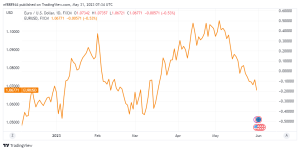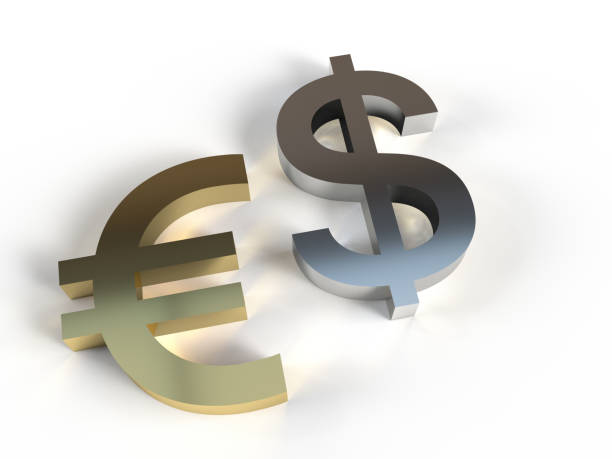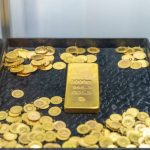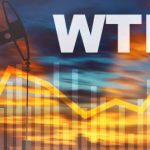The EURUSD pair is struggling to capitalize on the previous day’s positive comeback from its lowest level since March 20. And will face new supply throughout the Asian session on Wednesday.
Fed rate hike bets and economic worries push the USD closer to a two-month high.
The US Dollar (USD) is back in demand and approaching a two-month high reached on Tuesday. Which is expected to put negative pressure on the major. The likelihood of further Federal Reserve (Fed) interest rate rises remains a source of concern. The Greenback is benefiting from a tailwind.
The markets are pricing in a higher probability of another 25-basis point hike. At the next FOMC policy meeting in June. And the bets were boosted by Friday’s US PCE Price Index data. Which indicated that inflation remained sticky. Aside from that, a generally lower risk tone lends support to the safe-haven buck.
Concerns about slowing global economic growth continue to weigh on market mood. The poor Chinese macro data released on Wednesday exacerbated the anxieties even further. China’s manufacturing activity declined faster than predicted in May. According to the National Bureau of Statistics (NBS). And the official Manufacturing PMI plummeted to a five-month low of 48.8.
Furthermore, service sector activity grew slightly during the last four months. Moreover, the official non-manufacturing PMI dipped to 54.5 in May from 56.4 the previous month. This, together with fears about deteriorating US-China relations, overshadows excitement about increasing the US debt ceiling and reducing investors’ desire for risky assets. Meanwhile, the anti-risk flow causes some follow-through decline in US Treasury bond rates and may limit the USD.
Meanwhile, bullish traders are undeterred by hawkish statements made by many European Central Bank (ECB) officials, which support the case for additional rate rises in the coming months.
On Tuesday, ECB Governing Council member Gediminas imkus predicted a 25-basis point (bps) rate rise in June and July. Furthermore, ECB policymaker Mario Centeno stated earlier this Wednesday that additional changes are still required, despite the fact that the main interest rate has been acknowledged. is nearing its apex.
Traders are now looking for some stimulus ahead of the US macro data from the flash German CPI.
As a result, bears should be cautious ahead of the latest German consumer inflation statistics. Later in the North American session, traders will look for clues for the US economic calendar, which includes the publication of the Chicago PMI and JOLTS Job Openings data.
Along with remarks by prominent FOMC members, US bond rates, and wider risk sentiment, this will fuel USD demand and offer some considerable momentum to the EURUSD pair.
EURUSD Technical Outlook
Last week’s drop below the 61.8% Fibonacci retracement level of the March-May advance served as a new trigger for negative traders. This, together with negative oscillators on the daily chart, suggests that the currency will depreciate more in the short future.
Some follow-up selling is provided below. The overnight swing low. Which is expected to be around 1.0675-1.0670, will reinforce the perspective. And push the EURUSD pair towards the 1.0600 round-figure line.

The bearish trend might extend to the 1.0570-1.0565 intermediate support level before falling to the March swing low, just ahead of the 1.0500 psychological level.
On the other hand, the 61.8% Fibo. level, located between 1.0735 and 1.0740, has appeared as an immediate hurdle. A prolonged rise over this level might spark a short-covering rally, lifting the EURUSD pair towards the 1.0800 confluence of the 100-day SMA and the 50% Fibo. level.
The handle should now operate as a crucial indicator, and if passed firmly, it will indicate that the recent downturn from a one-year high has ended. This changed the short-term bias towards optimistic traders.









